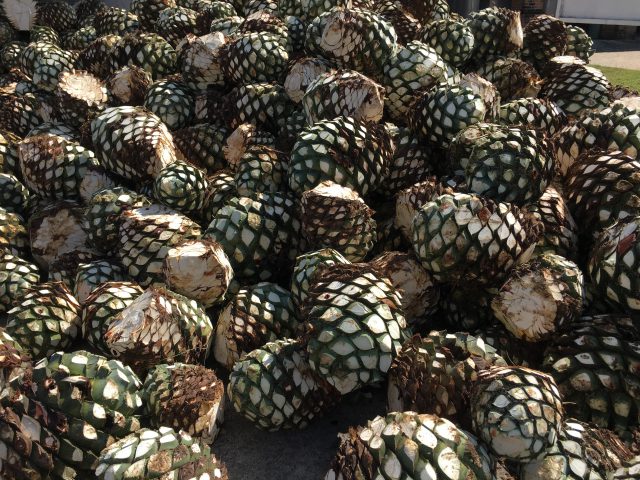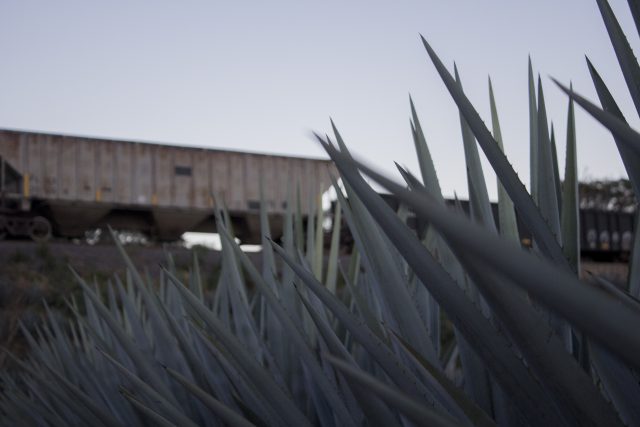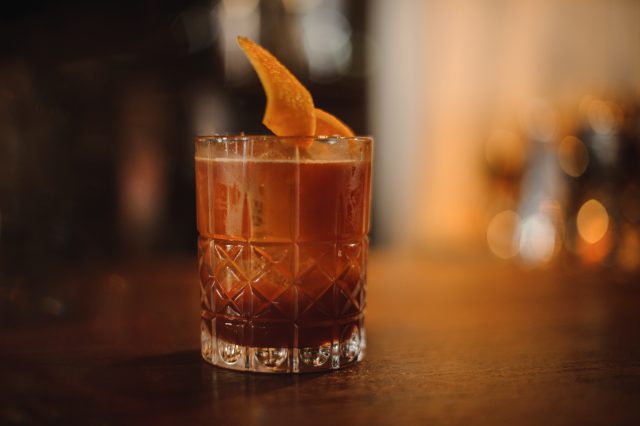Tequila is a trend that’s here to stay. Mezcal has moxie that’s worthy of more than a taste. Agave syrup is sweetly satisfying. Three totally different things from one remarkable provider, the agave plant. And it seems like every cocktail menu in every bar in every city has a drink made from 1 or all 3 agave products. A rock star and a pop star even recently combined mezcal and tequila into one super-powered craft spirit.
Before we get ahead of ourselves… it’s important to know the differences between, and the similarities of, mezcal and tequila and how agave syrup fits in the mix.
A Brief Introduction to Mezcal and Tequila
Mezcal and tequila are both spirits made from agave. They come from specific regions in Mexico. And they both make delicious cocktails. In our simplified distinction, that’s where the similarities end.
To be “tequila”, the spirit must be made from 100% Blue Weber Agave. Mezcal is made from several different varietals of agave, sometimes blending different plants. Also, mezcal and tequila differ in where the agave is grown and distilled. Tequila production is limited to 5 states in Mexico; Michoacán, Guanajuato, Nayarit, Tamaulipas and Jalisco. Jalisco is home to the town of Tequila, literally the tequila capital of the world. Mezcal production is limited as well, but not as limited. Several states produce the smoky spirit. Those areas include Durango, Guanajuato, Guerrero, San Luis Potosi, Tamaulipas, Zacatecas, and Oaxaca. 85 percent of mezcal is produced in Oaxaca.
Harvesting agave for each spirit is the same. Mature agave is pulled and shaved to reveal the piña. Both mezcal and tequila begin in the piña (core) of the agave. In tequila production, the piña is steamed in hornos (ovens), distilled and then rested for a defined period depending on flavor profile. Mezcal begins with the piña cooked in earth pits and then distilled in clay pots. The cooking process of the mezcal provides a sweet and smokier flavor over tequila. The same aging distinctions of tequila apply to mezcal – joven (young), Reposado (rested), añejo (aged), and extra añejo (extra aged).
Regardless of what you’ve heard, the gusano, or worm, in the bottle does not signify anything other than “gross”. The origins of the gusano in the bottle date back to the 1950s. A marketing “genius” recognized that the worm would hide the chemical taste of bad tequila. If you happen to see a bottle with the floating worm, keep walking. That’s a dead giveaway that you don’t want to drink what’s in that bottle.
But What About Agave Syrup
Agave doesn’t just give us mezcal and tequila. It is a bountiful provider that also produces a low-fructose sugar-alternative. Agave syrup is a sweetener derived by similar methods to tequila. Juice is extracted from the piña and then filtered and heated to break it down into simple sugars. The liquid is concentrated into a thick syrup similar to honey. Agave syrup is significantly sweeter than white sugar, but has a lower glycemic index. It’s a great substitute in cold beverages because it dissolves quickly and easily. That’s why we love it in drinks like the Cucumber Fizz and the Desert Flower.
Now Bring Them All Together
Mezcal and tequila are two flavor sensations that standalone. They also combine as a force to be reckoned with. The Lemon Hills and Gallant Sir are 2 of the top mezcal and tequila cocktails we love. If you’re just looking to add a hint of the smoky mezcal, we suggest the Fernet Me Not or Penicillin #2. And if you really want to create a cocktail with all the fruits of the agave, mix up a trio of agave with the Oaxaca Old Fashioned. It’s worth its weight in agave.
The more you know, the more you mix. Try your hand at these cocktails and more at your next happy hour. Our website is stocked full of recipes that run the gamut, from honestly authentic to wildly unique. Find the one to please your tastebuds tonight.
Want to connect on a more personal level?! You can find Team Azuñia on Facebook, Instagram and Twitter!





